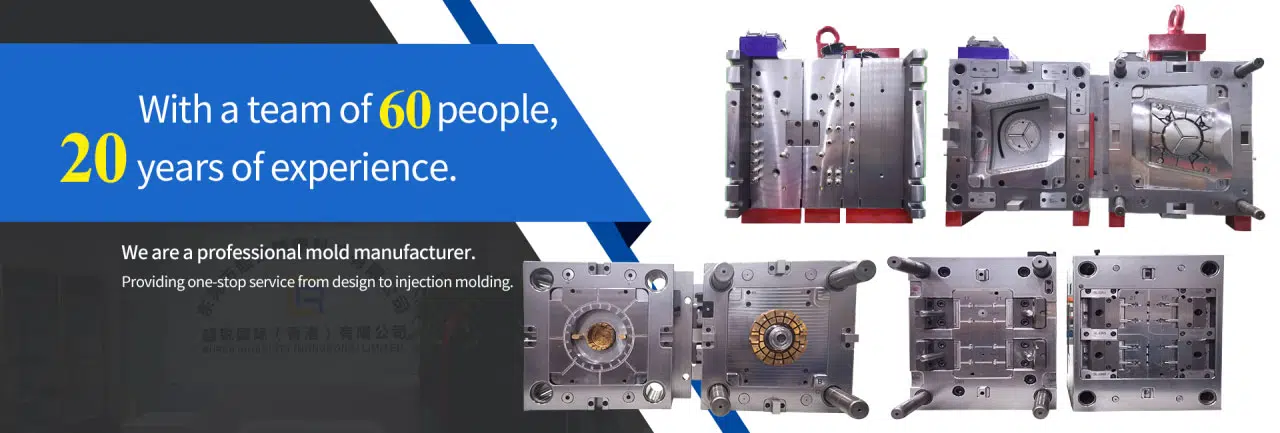
# SKD11 Tool Steel Properties and Applications
## Introduction to SKD11 Tool Steel
SKD11 is a high-carbon, high-chromium tool steel widely recognized for its excellent wear resistance, high hardness, and good dimensional stability. This alloy steel is particularly popular in tool and die manufacturing due to its outstanding performance in various industrial applications.
## Chemical Composition of SKD11
The composition of SKD11 tool steel plays a crucial role in its properties:
– Carbon (C): 1.40-1.60%
– Chromium (Cr): 11.00-13.00%
– Molybdenum (Mo): 0.80-1.20%
– Vanadium (V): 0.20-0.50%
– Silicon (Si): ≤0.40%
– Manganese (Mn): ≤0.60%
This balanced composition contributes to the steel’s exceptional hardness and wear characteristics.
## Mechanical Properties
SKD11 exhibits remarkable mechanical properties that make it suitable for demanding applications:
– Hardness: 58-62 HRC after heat treatment
– Tensile Strength: Approximately 2000 MPa
– Yield Strength: Around 1800 MPa
– Impact Toughness: Moderate (better than many other tool steels)
– Wear Resistance: Excellent due to high chromium content
## Heat Treatment Process
Proper heat treatment is essential to achieve optimal performance from SKD11:
– Annealing: Heat to 800-850°C, slow cool to 600°C at 10°C/hour
– Hardening: Heat to 1000-1050°C, oil or air quench
– Tempering: Typically performed at 150-200°C or 500-550°C depending on application requirements
## Key Advantages of SKD11
Several factors make SKD11 a preferred choice for tooling applications:
– Exceptional wear resistance for long tool life
– Good dimensional stability during heat treatment
– High compressive strength
– Excellent machinability in annealed condition
– Good resistance to tempering effects
## Common Applications
SKD11 finds extensive use in various industrial sectors:
### Tool and Die Making
– Blanking dies
Keyword: SKD11 Tool Steel
– Forming dies
– Piercing punches
– Cold forging dies
– Drawing dies
### Plastic Molding
– Injection molds
– Compression molds
– Extrusion dies
### Cutting Tools
– Shear blades
– Slitter knives
– Cutting dies
– Woodworking tools
## Comparison with Similar Tool Steels
SKD11 is often compared to other popular tool steels:
– Compared to D2 steel: SKD11 has slightly better toughness and polishability
– Compared to SKD61: SKD11 offers better wear resistance but lower heat resistance
– Compared to A2: SKD11 provides higher hardness and better wear characteristics
## Machining and Fabrication Tips
When working with SKD11:
– Machine in annealed condition (hardness ~220 HB)
– Use carbide tools for best results
– Maintain proper cooling during machining
– Grind after heat treatment for final dimensions
– Stress relieve after rough machining before hardening
## Maintenance and Care
To maximize the lifespan of SKD11 tools:
– Store properly to prevent rust (chromium provides some corrosion resistance but not complete)
– Clean regularly to remove debris
– Apply protective coatings when appropriate
– Monitor for wear and regrind when necessary
## Future Trends in SKD11 Usage
The demand for SKD11 continues to grow as industries seek:
– Higher precision tooling
– Longer-lasting dies and molds
– Improved surface finishes
– Cost-effective alternatives to more expensive materials
With its balanced properties and proven performance, SKD11 remains a cornerstone material in tool steel applications across multiple industries.